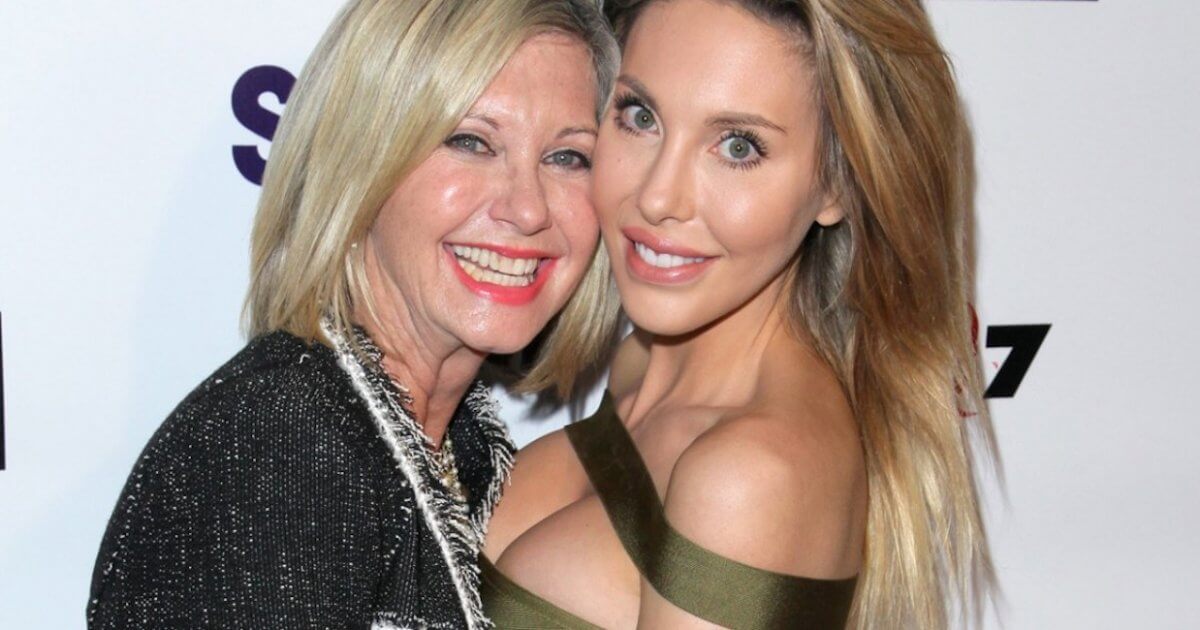Olivia Newton-John's Busy Year
- Olivia Newton-John, 72, has released her first single in two years as she continues to live with metastatic breast cancer.
- Newton-John also recently reunited with her daughter, Chloe Rose Lattanzi, 34; Lattanzi is an actress and singer, just like her mother.
- Aussie actress Newton-John has breast cancer for the third time; she was first diagnosed with the disease in 1991.
View this post on Instagram
Just like her mom, Lattanzi is also a singer and actress. It’s impressive to see how Newton-John has continued to thrive through not only cancer, but through the hardships that 2020 have brought for everyone amid the COVID-19 pandemic.
View this post on Instagram
Olivia’s Cancer Journey
Olivia Newton-John was first diagnosed with breast cancer in 1992, and following her diagnosis she underwent chemotherapy and a modified radical mastectomy this is a procedure that removed both of her breasts. Newton-John was in remission from her breast cancer until 2015 when she shared that her cancer had returned. She began hormone treatment, which led to remission again.
Related: When Should You Consider a Mastectomy?
And in 2017, Newton-John’s breast cancer returned a third time, and it was advanced, which meant it was “stage 4” cancer. Her metastatic breast cancer had spread beyond her breasts to other parts of her body, including her bones. Newton-John is a symbol of strength as she contends with her disease with bravery and candor. Her diagnosis has also led her to become an advocate for breast cancer awareness, helping more women to learn about this disease.
Breast Cancer Risk Factors
While we don’t know if Newton-John had any breast cancer risk factors prior to her first diagnosis, we do know that there are some breast cancer risk factors that can be changed like lifestyle factors, such as alcohol consumption. Whereas other breast cancer risk factors, like the BRCA1 and BRCA2 gene mutations, are biological.
In a previous interview, Dr. Rebecca Arend, an Associate Scientist at the University of Alabama-Birmingham, discussed these gene mutations and how they impact breast cancer risk. “What a BRCA mutation is is it’s a defect in your ability to repair a double-strand break. If you think about DNA being a double helix, that we’ve all learned about in basic science, if you have a single strand break, a PARP enzyme is needed to repair that single-strand break. If you have a PARP inhibitor, then you can’t repair that single-strand break.”
Related: Risk Factors for Breast Cancer
“And if you have a single strand break that’s not repaired, that actually leads to a double-strand break,” said Dr. Arend. “So when both of the arms of the DNA helix are broken, then your body has normal mechanisms for repairing that. One of them is called homologous recombination. And that’s your body’s natural way of repairing that break. But if you have a BRCA mutation, you actually cannot repair that break.”
Alcohol Can Increase the Risk of Developing Breast Cancer
Learn more about SurvivorNet's rigorous medical review process.


